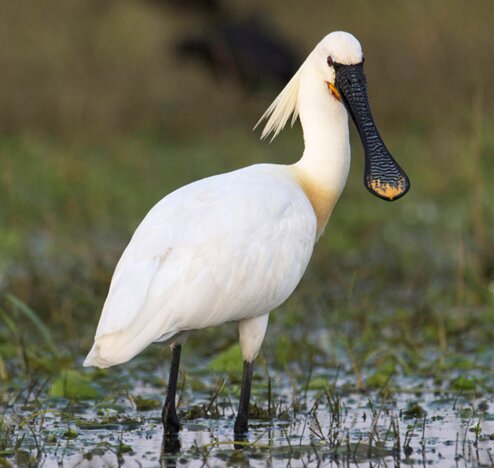Promoter: Sam Van Wassenbergh

Subject: Spoonbills (Platalea spp.) have large, flat, and broad-tipped ('spatulated') upper and lower beaks. They swing their open beak from side to side below the water surface, after which they manage to grasp their prey, seemingly close to the tip of the beak, bring the beak up above the water surface, and throw the prey to the throat. Prey can be agile species, such as small fish. This raises the question of how these can be caught between two flat spoons. Paradoxically, any closing of the beak, especially broad and flat shapes such as the tips of the spoonbill beak, would primarily push water away (and prey) rather than trapping it. Classical suction by buccopharyngeal expansion, by separating jaws or abducting hyobranchial elements, does not seem to occur. Maybe this can only work while the beak is moving sideways at a certain speed. Consequently, this aspect of the bird’s functional morphology related to the capture phase remains mysterious. In this project, several research methods can be combined to unravel this mystery, e.g. physical model experiments with 3D printed beaks, computational fluid dynamics, videography-based inspections in zoos, etc.